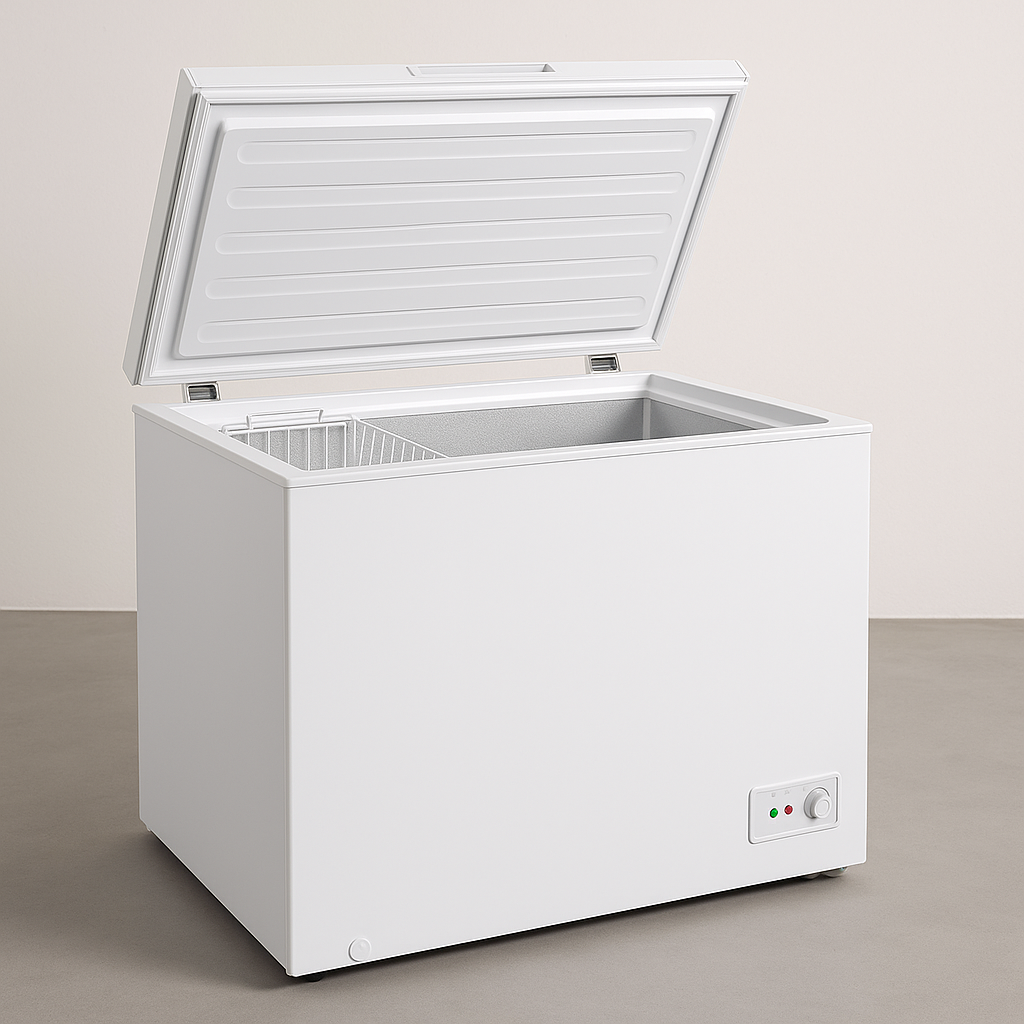Three Greatest Moments In Small Chest Freezer Test History

Small Chest Freezer Test: A Comprehensive Review and Buying Guide
When it pertains to home appliances, few are as important for food storage as a freezer. For many homes, a small chest freezer can be a lifesaver, permitting for better stock management of groceries, bulk purchases, and meal prep. In this article, we will dive into everything you need to know to make a notified purchase regarding small chest freezers. This guide will cover efficiency contrasts, temperature maintenance, energy efficiency, capacity, and more, rounded out with an FAQ section to take on common inquiries.
Understanding Small Chest Freezers
A small chest freezer is typically defined by its compact size, making it ideal for apartment or condos or smaller sized homes. They are built to hold food at low temperature levels and are usually more energy-efficient than upright freezers. A lot of designs are designed with a top-opening cover, which assists keep cold air when opened.
Pros and Cons of Small Chest Freezers
| Pros | Cons |
|---|---|
| Much better insulation, leading to energy cost savings | Requires more floor area |
| Usually quieter than upright models | Harder to arrange items |
| Lower preliminary cost | Restricted availability |
| Exceptional for bulk storage | Might not have as lots of functions |
What to Look for in a Small Chest Freezer
When screening numerous small chest freezers, certain crucial functions and specifications play a critical role. Below is a list of aspects to think about:
- Capacity: Measured in cubic feet, it defines just how much food you can save.
- Energy Efficiency: Look for Energy Star-rated models to conserve on electricity costs.
- Temperature Range: Must maintain a temperature of 0 ° F or listed below for optimal food preservation.
- Defrosting Type: Manual vs. automatic defrost functions can affect maintenance and convenience.
- Construct Quality: Check for products and toughness.
- Warranty and Customer Service: Important for long-term ownership fulfillment.
Efficiency Comparison of Selected Models
To offer potential purchasers an educated perspective, we have assembled data from numerous tested designs in a comparison table below:
| Brand & & Model | Capability (cu. ft.) | Energy Star Rated | Temperature Control | Thawing Type | Price (GBP) | User Rating (out of 5) |
|---|---|---|---|---|---|---|
| Brand A - Model 1 | 5.0 | Yes | Adjustable | Handbook | 299 | 4.5 |
| Brand Name B - Model 2 | 3.5 | No | Fixed | Automatic | 249 | 4.2 |
| Brand C - Model 3 | 7.0 | Yes | Adjustable | Handbook | 399 | 4.7 |
| Brand Name D - Model 4 | 4.5 | Yes | Adjustable | Handbook | 279 | 4.3 |
Key Takeaways from the Test
- Capacity Matters: Smaller designs (3.5 cu. ft.) may be sufficient for couples or singles, while families often discover bigger designs (7.0 cu. ft.) advantageous.
- Energy Efficiency: Choosing an Energy Star-rated model can save considerable energy in the long run.
- Defrosting Type: Automatic thaw models offer less trouble but might feature a greater price tag.
- Temperature level Control: Adjustable temperature level settings enable for maximum flexibility based upon specific storage requirements.
Practical Uses for Small Chest Freezers
Small chest freezers serve various practical functions, consisting of but not limited to:
- Bulk Purchases: Ideal for purchasing meat, fruits, and veggies wholesale.
- Meal Prep: Store pre-cooked meals to save time during busy weeks.
- Seasonal Storage: Excellent for freezing summer season produce or holiday meals.
- Emergency situation Supplies: Keep additional food on hand for emergency situations or power outages.
Upkeep Tips for Small Chest Freezers
To guarantee the longevity and ideal efficiency of a small chest freezer, consider the following upkeep pointers:
- Regular Cleaning: Clean the interior every couple of months to avoid odors and contamination.
- Look For Frost Buildup: Manually thaw if frost buildup goes beyond 1/4 inch.
- Inspect Seals: Ensure door seals are tight to preserve temperature level efficiency.
- Keep It Full: A complete freezer maintains temperature better; fill it with bottles of water if required.
Regularly Asked Questions (FAQ)
Q: How much electrical power does a small chest freezer take in?A: On average, small chest freezers take in between 200-400 kWh annually, differing by design and usage.
Q: How long can food be saved in a chest freezer?A: Food can normally be saved for 3-12 months, depending on the type and preparation approach. Side By Side Kühlschrank Mit Wasserspender and packaging boost conservation.
Q: Is a chest freezer much better than an upright freezer?A: Chest freezers are generally more energy-efficient and offer much better insulation however can be harder to arrange than upright models.
Q: How often should I defrost my chest freezer?A: Ideally, thaw your chest freezer whenever frost accumulation reaches 1/4 inch or more.
Q: What can I store in a small chest freezer?A: You can save meats, veggies, fruits, pre-cooked meals, baked goods, and more.
Buying a small chest freezer can be one of the most fulfilling decisions for effective food storage and management. By comprehending the numerous alternatives offered and thinking about the benefits and drawbacks noted above, consumers can make a customized option that fits their needs. Whether it's stockpiling on fundamentals or streamlining meal prep, a small chest freezer has something to offer every household. The efficiency comparison provided in this guide acts as a valuable referral in your decision-making journey, ensuring complete satisfaction with your new home appliance for years to come.

